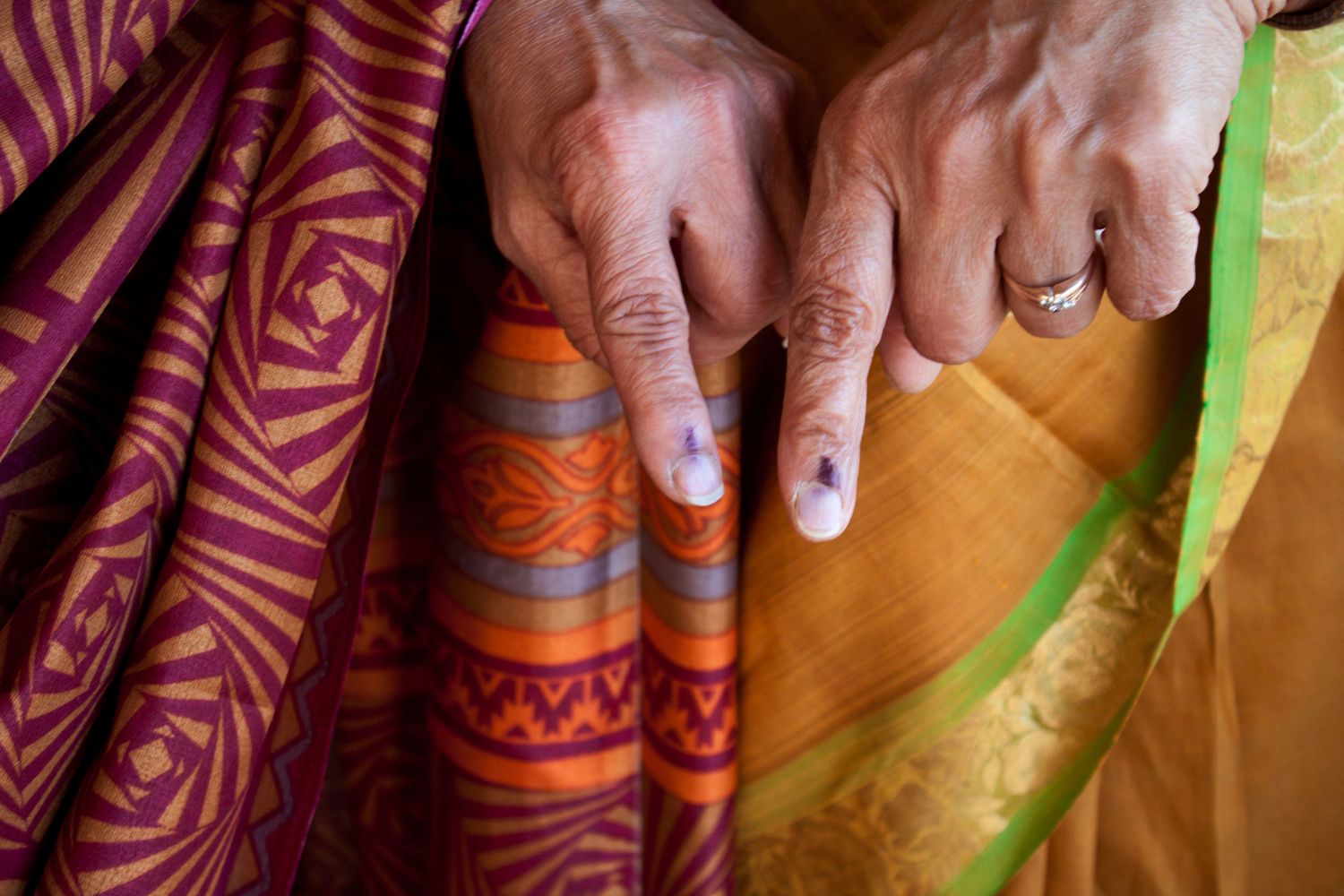The upcoming Indian general elections indeed seem to be an intriguing affair, with the Bharatiya Janata Party (BJP) led by Prime Minister Narendra Modi maintaining a strong position. Modi’s popularity has been a significant factor in the BJP’s dominance, as evidenced by approval ratings and polls indicating a favourable outcome for the ruling party.
However, the electoral landscape is not without its uncertainties. Challenges such as the efficacy of state elections as predictors, opposition coordination, and the competition for support amongst different caste groups could potentially impact the final outcome. The BJP’s ambitious target of winning a significant number of seats, along with its alliance’s goal of surpassing 400 seats, underscores the party’s determination to secure a commanding victory.
The scale of the Indian elections is staggering, involving hundreds of millions of voters and significant financial resources. The competition is fierce, with parties and candidates investing substantial amounts to appeal to voters across the country.
One notable aspect is the BJP’s challenge in the southern states, where opposition parties like the Indian National Congress and its allies maintain strong support. The southern region’s economic significance and its potential to influence national politics make it a crucial battleground for all parties involved.
As the election process unfolds in multiple phases, culminating in the counting of votes in June, it will be interesting to see how the various factors at play shape the final outcome and the future direction of Indian politics.
The Indian electoral process is indeed a meticulous and multi-stage affair overseen by the Election Commission of India (ECI), ensuring the integrity and fairness of the democratic process. Here’s a detailed breakdown of how the process unfolds:
ALSO READ: India Unveils Khavda: Worlds Largest Renewable Energy Park ; 5 Times larger than Paris
1. Nomination: Candidates seeking to contest elections must fulfil certain criteria and submit their nomination papers along with a security deposit to the Returning Officer. The nomination papers undergo scrutiny to verify their validity.
2. Scrutiny: The Returning Officer examines the nomination papers to ensure they meet the legal requirements. Any discrepancies or invalid submissions may lead to the rejection of the candidate’s nomination.
3. Campaigning: Political parties and candidates engage in campaigning to garner support from voters. The ECI sets guidelines to maintain a level playing field, such as regulating campaign spending and prohibiting certain activities to ensure fair competition.
4. Voting: On the day of the election, voters cast their ballots in secret at designated polling booths. Electronic Voting Machines (EVMs) are used to facilitate the voting process, ensuring accuracy and efficiency.
5. Counting and Declaration of Results: After the polls close, the ballot boxes or EVMs are transported to counting centres under strict security. The counting process takes place in the presence of candidates and their agents, supervised by the Returning Officer. Once the counting is completed, the results are declared.
The ECI plays a pivotal role in overseeing every aspect of the electoral process, from voter registration to the declaration of results. Its efforts are aimed at ensuring that elections are conducted fairly and transparently, with the voice of every voter being heard.
Additionally, the Indian electoral system is designed to be inclusive, with provisions to enable various groups, such as members of the armed forces or government officials serving outside the country, to participate in the electoral process.
As the 2024 general elections approach, the ECI’s role in upholding the democratic principles of India will be crucial in ensuring a smooth and credible electoral process.
ALSO READ: High stakes as India prepares for general elections













